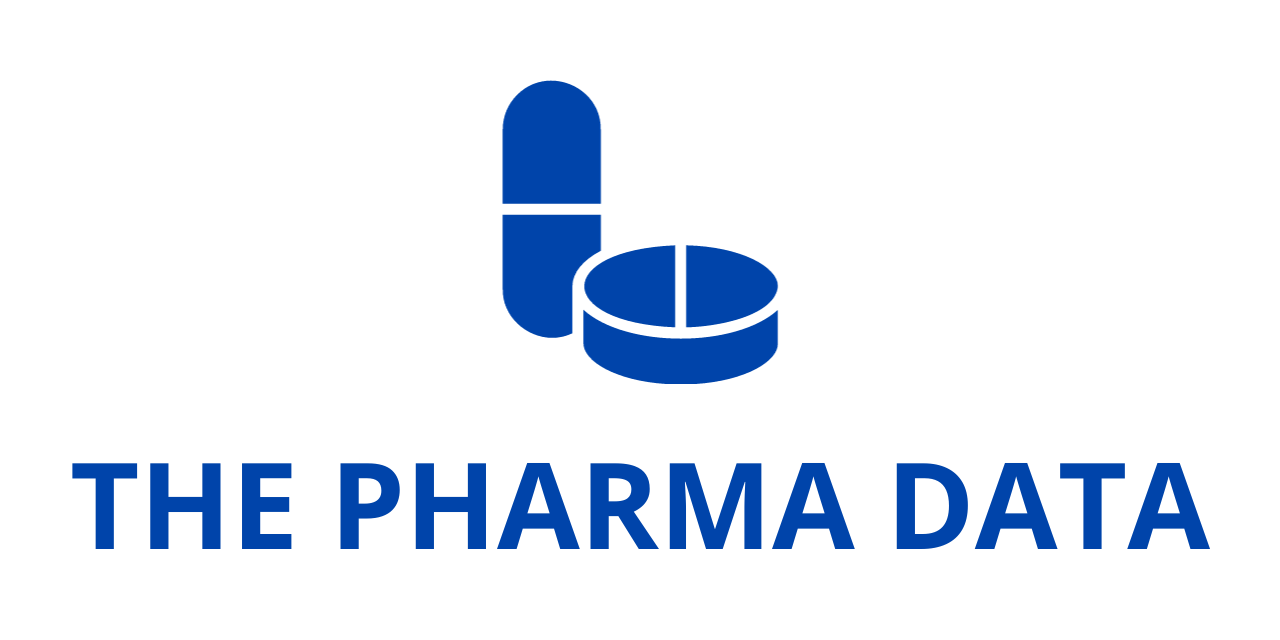
Aetna Champions Industry-Wide Push to Streamline Prior Authorization and Improve Patient-Centered Health Care Experience
Aetna, a CVS Health company, has publicly announced its strong support for a series of transformative healthcare initiatives aimed at improving both patient and provider experiences—chief among them, the modernization and simplification of the prior authorization process. The company’s commitment aligns with the broader industry movement led by America’s Health Insurance Plans (AHIP), the national association representing health insurers. In addition to joining this collective effort, Aetna is also rolling out its own comprehensive strategy to reduce administrative burdens, simplify care transitions, and enhance digital engagement—ultimately aiming to build a more connected, transparent, and patient-focused healthcare system.
Aetna’s Commitment to Transformative Healthcare Reform
“The American health care system must work better for people, and we will improve it in distinctive ways that truly matter,” said Steve Nelson, president of Aetna. “We support the industry’s commitments to streamline, simplify, and reduce prior authorization. But our vision goes beyond that. We are focused on building a seamless health care experience that not only reduces complexity but also actively supports our members through better navigation and stronger advocacy.”
Prior authorization (PA)—the process by which healthcare providers obtain approval from insurers before delivering certain treatments or services—has long been a pain point in the healthcare system. While it plays a crucial role in ensuring the safe, appropriate, and cost-effective use of medical resources, the process is often time-consuming and frustrating for both providers and patients. Aetna aims to change that through both internal innovation and collaboration with industry partners.
Already Ahead: Aetna’s Existing Leadership in Prior Authorization Efficiency
Aetna already boasts one of the shortest lists of treatments and procedures requiring prior authorization in the industry, signaling its proactive stance on minimizing unnecessary delays in patient care. Of all eligible prior authorization requests, more than 95% are approved within 24 hours, with many processed in just a few hours—well ahead of many industry peers.
This high approval rate and speed reflect Aetna’s investment in automation, decision support tools, and a policy framework designed to balance care quality with administrative efficiency. The company’s goal is not only to expedite care delivery but also to reduce the paperwork and phone calls that frequently pull providers away from patient interaction.
Innovating with Bundled Prior Authorizations for Serious Conditions
In a bold step to further simplify prior authorization procedures, Aetna is implementing bundled authorizations for specific clinical scenarios. Patients facing complex and life-altering conditions—such as lung, breast, or prostate cancer—often require multiple imaging studies, such as MRIs and CT scans, as part of their diagnosis and treatment journey. Traditionally, each scan would require a separate authorization request, leading to delays and frustration.
Under Aetna’s new model, multiple prior authorization requests related to the same treatment pathway will be bundled into a single upfront approval. This reduces redundant paperwork, accelerates the diagnostic process, and ensures that patients receive timely and coordinated care. This bundled authorization model will be rolled out more broadly later in 2025 to include conditions involving cardiology and musculoskeletal disorders—two more areas where timely diagnosis and treatment are critical.
By simplifying authorization for high-need medical cases, Aetna expects to significantly enhance the care experience for thousands of patients across its Commercial and Medicare Advantage plans while easing the administrative load for the clinicians treating them.
Aetna Clinical Collaboration (ACC): Supporting Transitions of Care
Another cornerstone of Aetna’s transformation strategy is the Aetna Clinical Collaboration (ACC) program, which is designed to address one of the most vulnerable moments in a patient’s health care journey: the transition from hospital to home. This is a period often marked by confusion, poor communication, and high rates of readmission. Aetna’s ACC program tackles these challenges head-on.
Under this program, Aetna nurses are embedded directly within health care facilities, working shoulder-to-shoulder with hospital care teams. Their role is to help coordinate and execute smooth transitions to the most appropriate post-discharge care setting—whether that’s the patient’s home, a skilled nursing facility, or another community-based setting.
What distinguishes ACC from other care transition models is its holistic, hands-on approach. These nurses not only facilitate discharge planning but also coordinate services across multiple dimensions of care—including pharmacy, mental health, and social support services. The aim is to craft a proactive, individualized care plan that reduces the likelihood of hospital readmissions within 30 days and minimizes unnecessary visits to the emergency room.
The ACC program has already delivered meaningful results for Medicare Advantage members, and Aetna has confirmed plans to expand the program in 2025 to include additional facilities as well as members enrolled in commercial plans, including those under 65 who receive coverage through their employers.
Leveraging Technology to Empower Members and Providers
In addition to policy and programmatic changes, Aetna is making substantial investments in digital technology to empower both members and health care providers. These tools are designed to provide real-time transparency and streamline complex healthcare interactions.
A key platform in this digital transformation is the Aetna Health app, which has recently been updated with a host of new features aimed at simplifying the healthcare experience. These include:
- Smart Compare: A tool that helps members identify health care providers who are a good fit for their medical needs, geographic location, and financial considerations.
- Status Badges: A visual tool that shows the real-time status of prior authorization requests, helping members stay informed without having to call their provider’s office repeatedly.
- Service Quantities Overview: Transparent information on the number of covered services—such as physical therapy visits or hospital days—so members know what to expect from their plan.
- Clearer Coverage Explanations: Improved language around coverage decisions, ensuring that members fully understand why a service was approved or denied and what next steps they can take.
These updates are designed to put more power in the hands of Aetna members, helping them manage their care with confidence and clarity.
Partnering with Providers to Reduce Administrative Burden
By streamlining processes, reducing the number of services requiring prior authorization, and making status updates more accessible, Aetna is also easing the administrative workload for physicians, nurses, and support staff. The ultimate goal is to allow healthcare professionals to do what they do best—focus on patient care—without being bogged down by unnecessary paperwork or delayed approvals.
These reforms also align with regulatory momentum across the country. In recent years, policymakers have increasingly recognized the need to reform prior authorization practices. Aetna’s proactive leadership in this space positions it as a model for what forward-thinking health insurers can achieve in collaboration with the broader healthcare ecosystem.
A Vision for Frictionless Healthcare
Aetna’s actions reflect more than just operational improvements—they represent a fundamental shift in how health insurance companies engage with patients and providers. By reducing friction, enabling smarter transitions of care, and investing in consumer-facing technology, Aetna is helping lead the industry toward a more responsive, equitable, and efficient healthcare system.
Through these initiatives, the company is delivering on its promise to reimagine health care delivery—not as a series of disconnected tasks and authorizations—but as a continuous, patient-centered journey.




